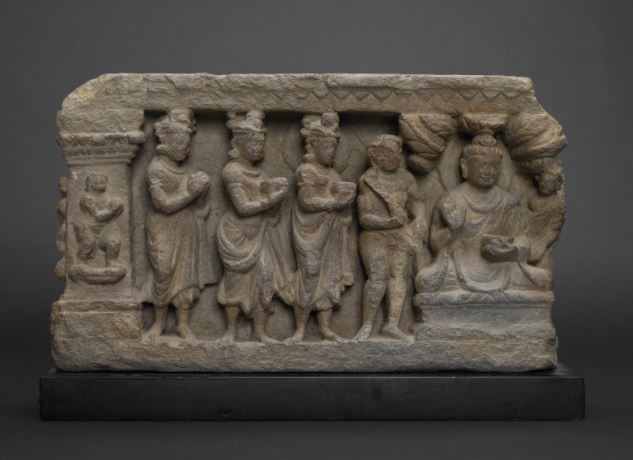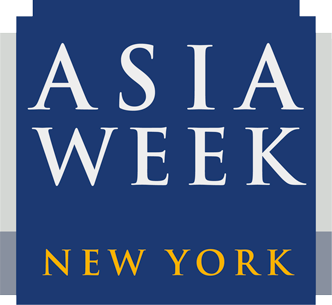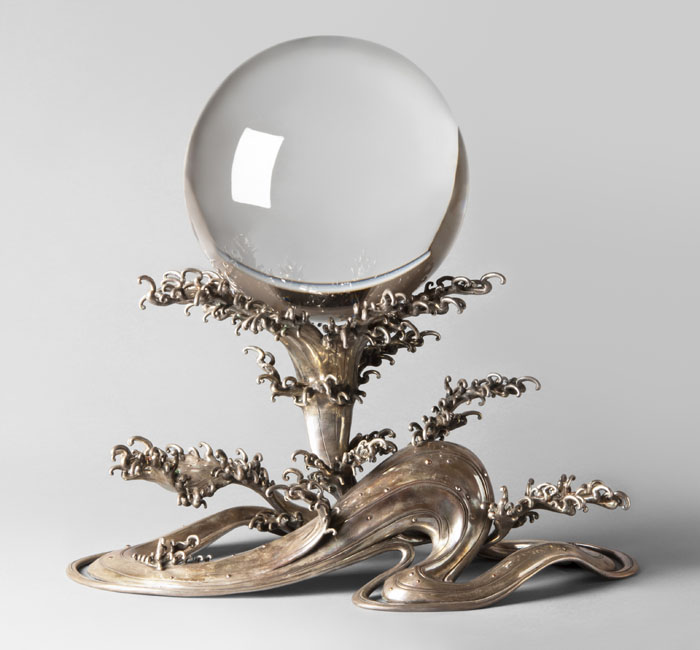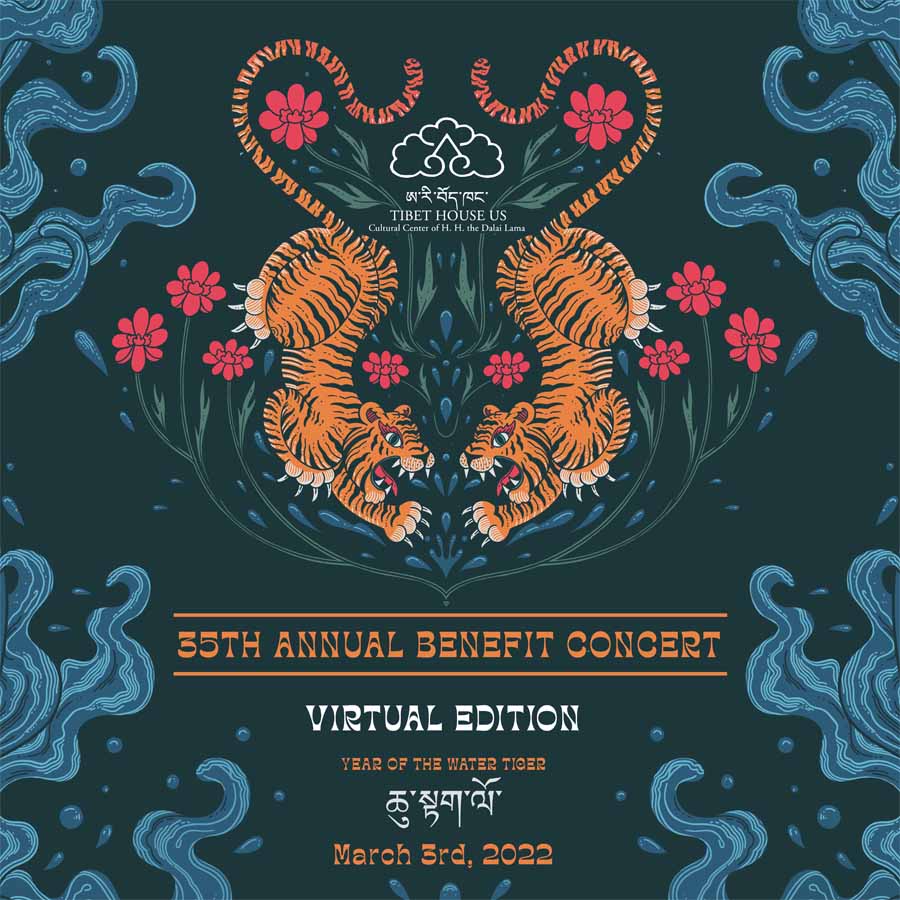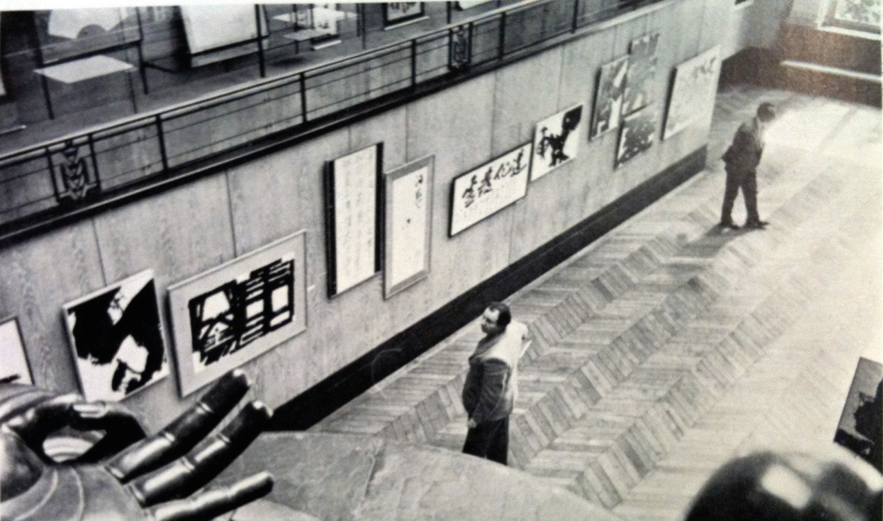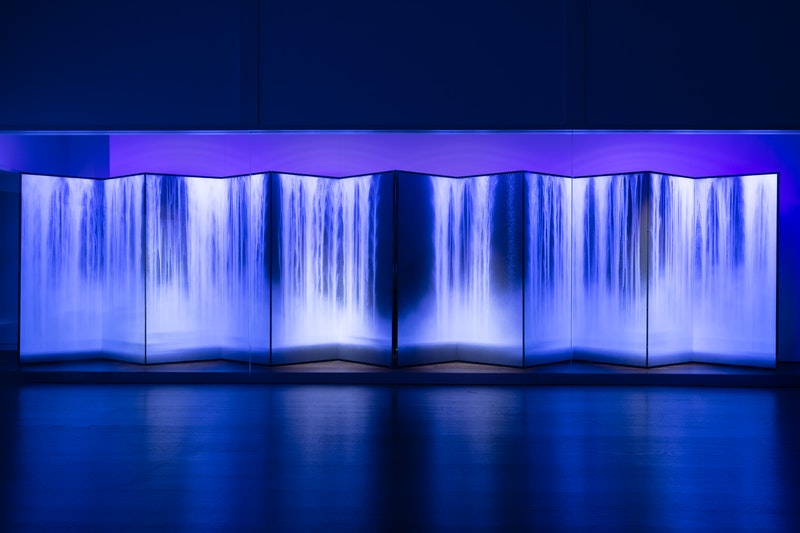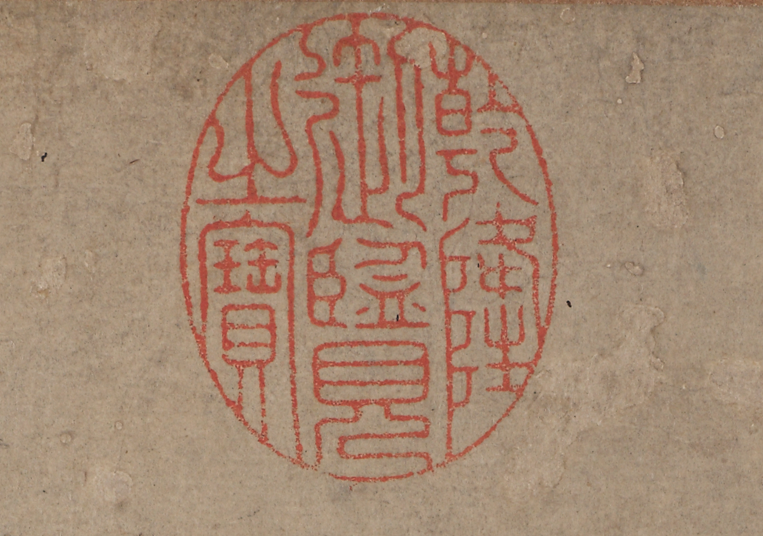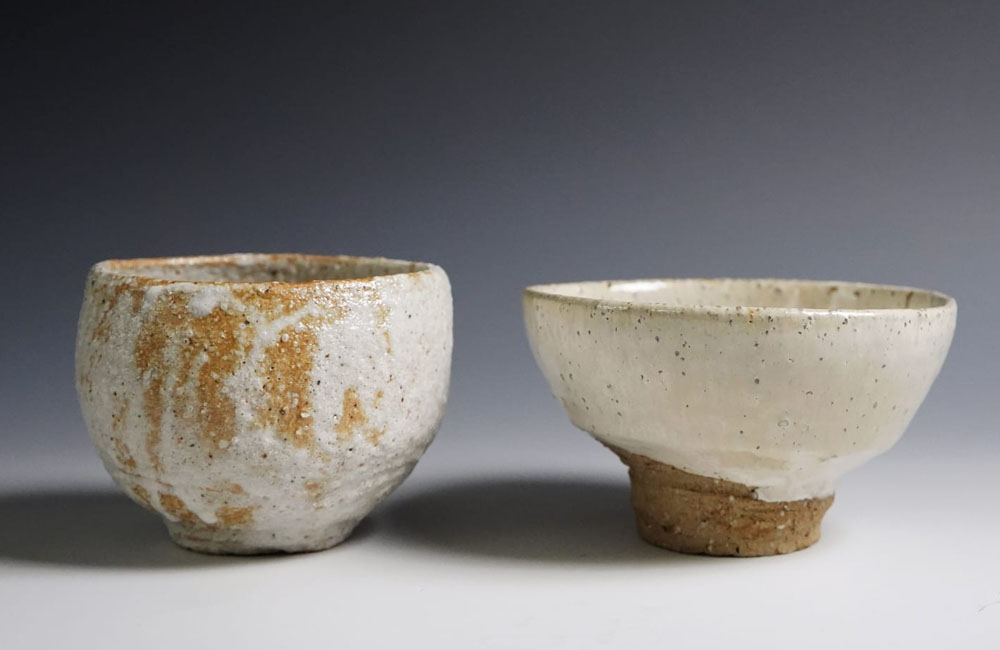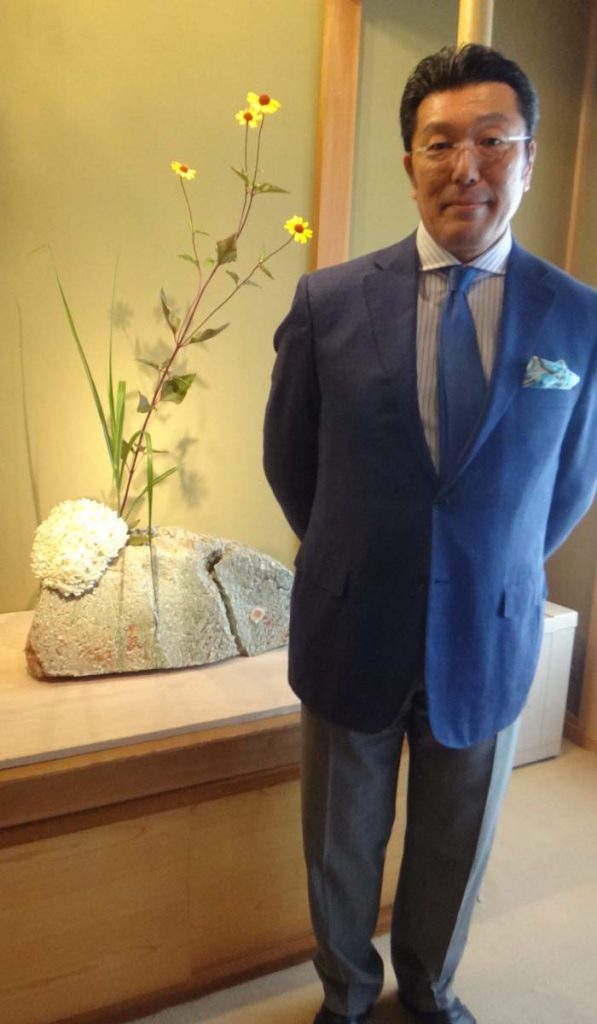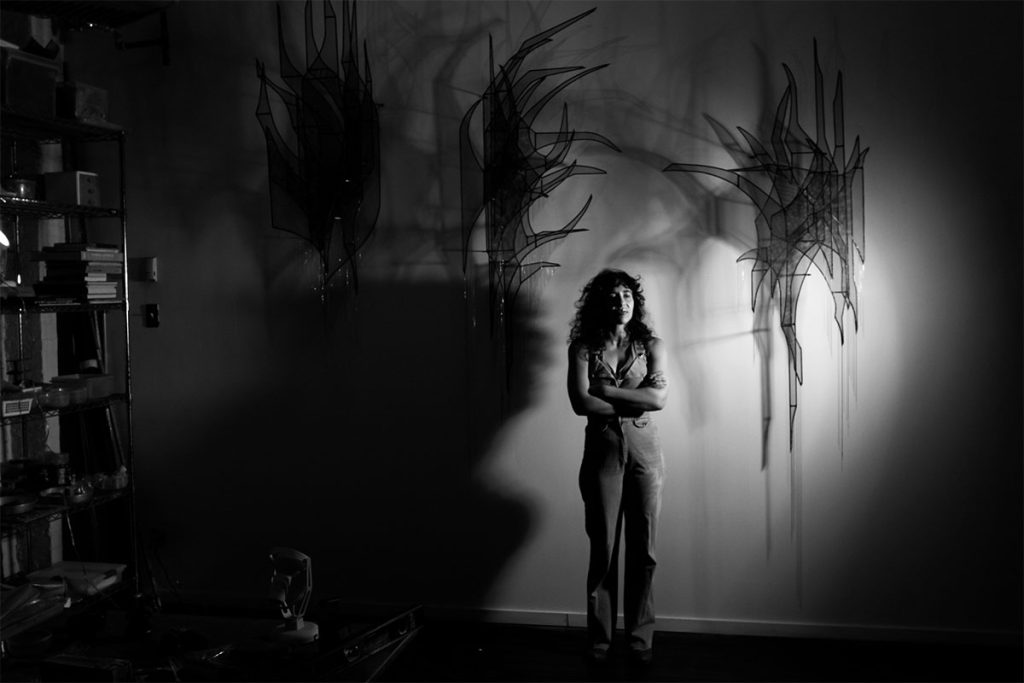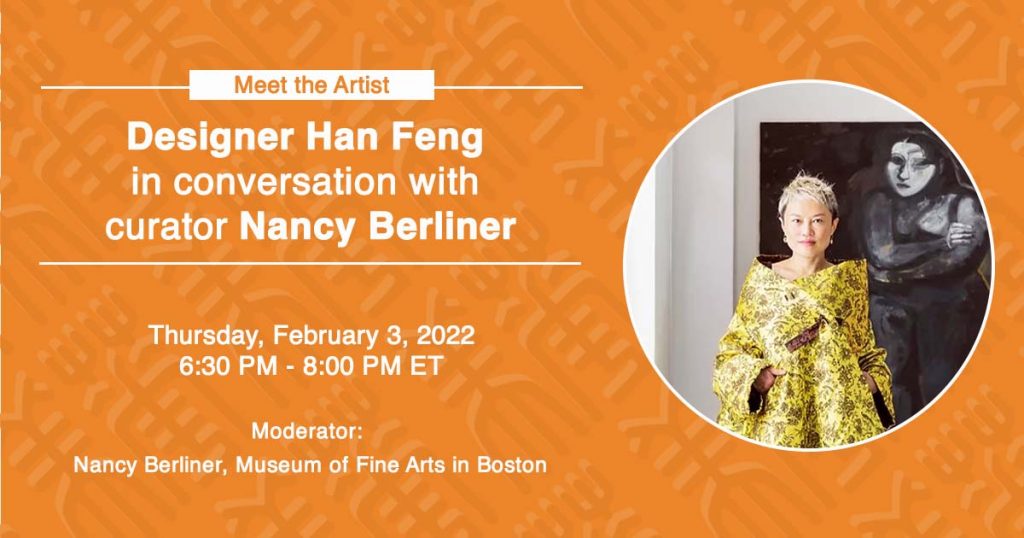Koichi Yanagi in his gallery at 17 E. 71st Street, New York at an exhibition opening on July 13, 2018.
Photo credit: Julia Meech
Renowned dealer Koichi Yanagi passed away in Kyoto on January 17th at the age of 56. Koichi devoted his life to the appreciation of Japanese art and culture throughout the world and facilitated the acquisition of exquisite art objects by highly regarded public and private collectors.
Born in Kyoto on March 3, 1965, Koichi was the son of pre-eminent dealer Yanagi Takashi and so from an early age was surrounded by fine examples of Japanese art. Koichi moved to New York City in his 20s and in 1991 opened Koichi Yanagi Oriental Fine Arts. His third location, at 17 East 71st St., was a refined space that reflected the Japanese preference for natural materials and serene understatement. Their exhibitions were noted for featuring only a few choice items of the highest quality, accompanied by a scholarly catalogue presentation, and displayed with utmost sensitivity and artistry. In addition to being a member of AWNY, the gallery also exhibited with the Japanese Art Dealers Association (JADA).

L-R: Inkstone Box (suzuribako), 17th century, National Museum of Asian Art, Smithsonian Institution;
En-no-Gyōja flanked by Zenki and Koki, Kamakura period, Cleveland Museum of Art; Tsujimura Shirō
(b. 1947), Irabo-type Teabowl, Asian Art Museum, San Francisco.
Koichi Yanagi Oriental Fine Arts sold Japanese paintings, calligraphy, sculptures, ceramics and lacquerwares—antique and contemporary—and tea ceremony accoutrements to museums throughout the United States, Europe, and Asia. A few noteworthy examples from the gallery that are now in American museums include the 16th century Portrait of a Warrior in the Metropolitan Museum of Art, a 17th-century lacquer inkstone box (suzuribako) and Maple Leaves on a Stream/Mountain Views by Ikeda Koson, both now in the National Museum of Asian Art, Smithsonian Institution, as well as numerous works by father-and-son potters Tsujimura Shirō and Kai. One of the gallery’s especially interesting sales reunited the Cleveland Museum of Art’s important Kamakura-period sculpture of En no Gyōja with the depictions of Zenki and Koki that originally flanked it.
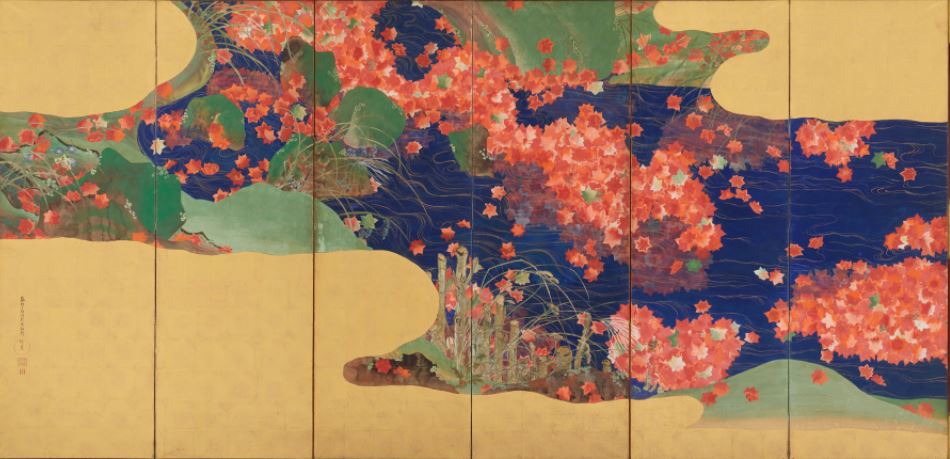
Ikeda Koson (1801-1866), Maple Leaves on a Stream/Mountain Views (detail), pair of 6-panel screens, National Museum of Asian Art, Smithsonian Institution
These same museums, and numerous others, were also the recipients of the generosity of Koichi and his wife Yuko Hosomi Yanagi, as they donated many paintings and tea ceremony vessels to, among others, the Brooklyn Museum, Princeton Art Museum, Los Angeles County Museum of Art, and the Museum of Fine Arts, Boston. In 2010, Koichi arranged for the transport and donation of a tearoom from Kyoto to the Hammond Museum and Japanese Stroll Garden in North Salem, New York, where it was installed in the Hammond’s library.
His passing is a grave loss, and we will miss the creativity and connoisseurship that Koichi brought to his engagement with Japanese art and shared with like-minded friends. The best summation was written by Holland Cotter in his review in The New York Times of the gallery’s Spring 2002 exhibition Shinto, “It’s possible that there are more beautiful gallery shows in Manhattan right now than this one, but I haven’t seen any.”
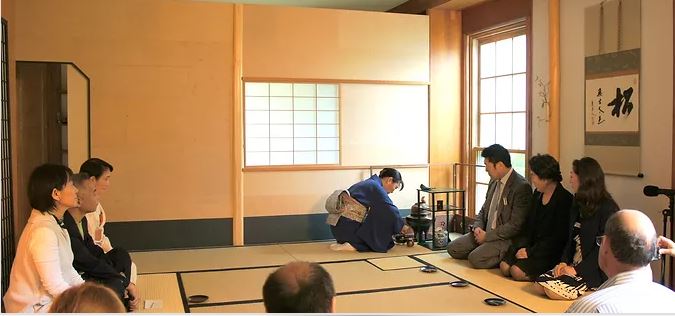
Koichi Yanagi and other guests, Hammond Museum and Japanese Stroll Garden tearoom, 2010
